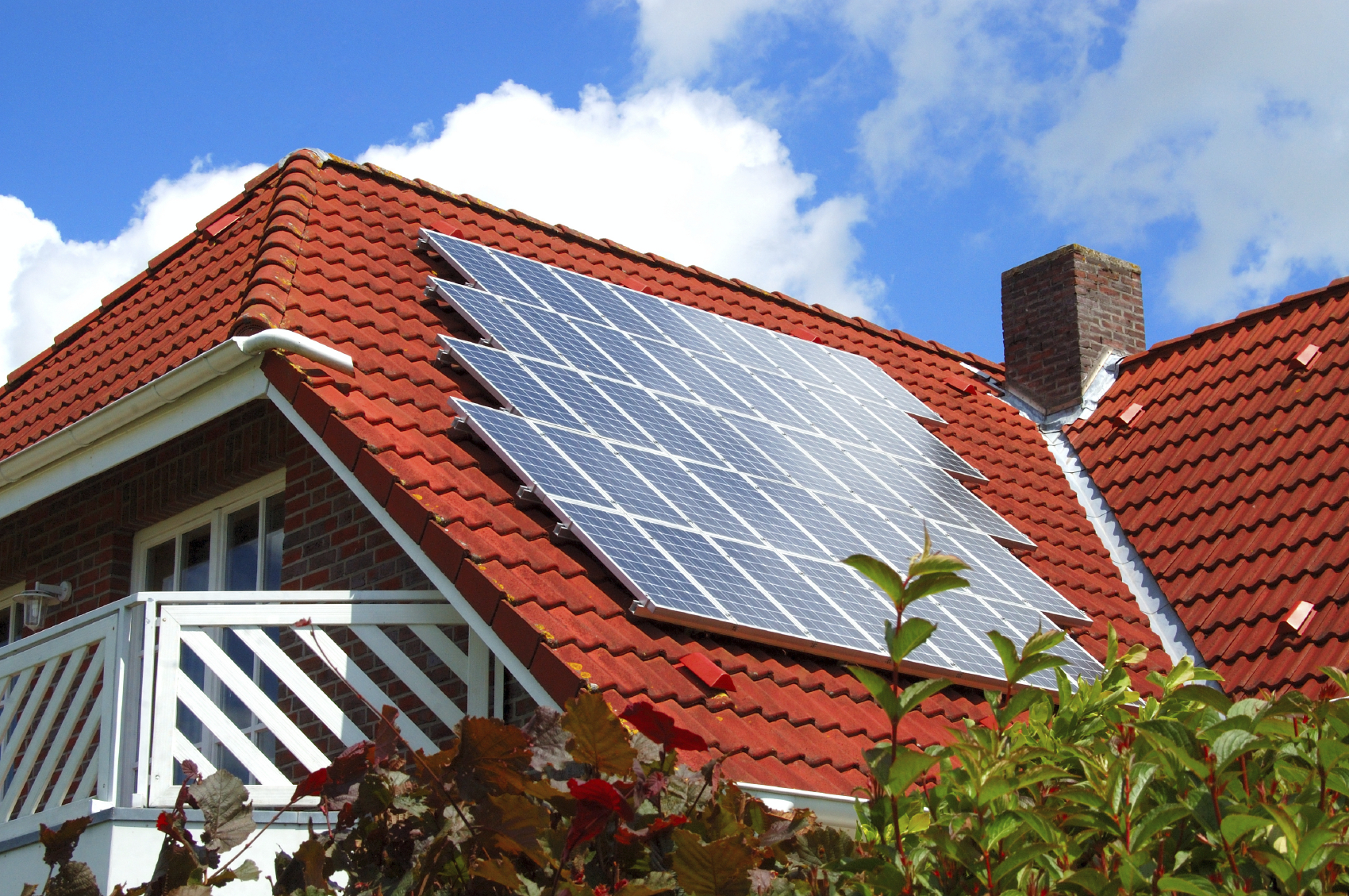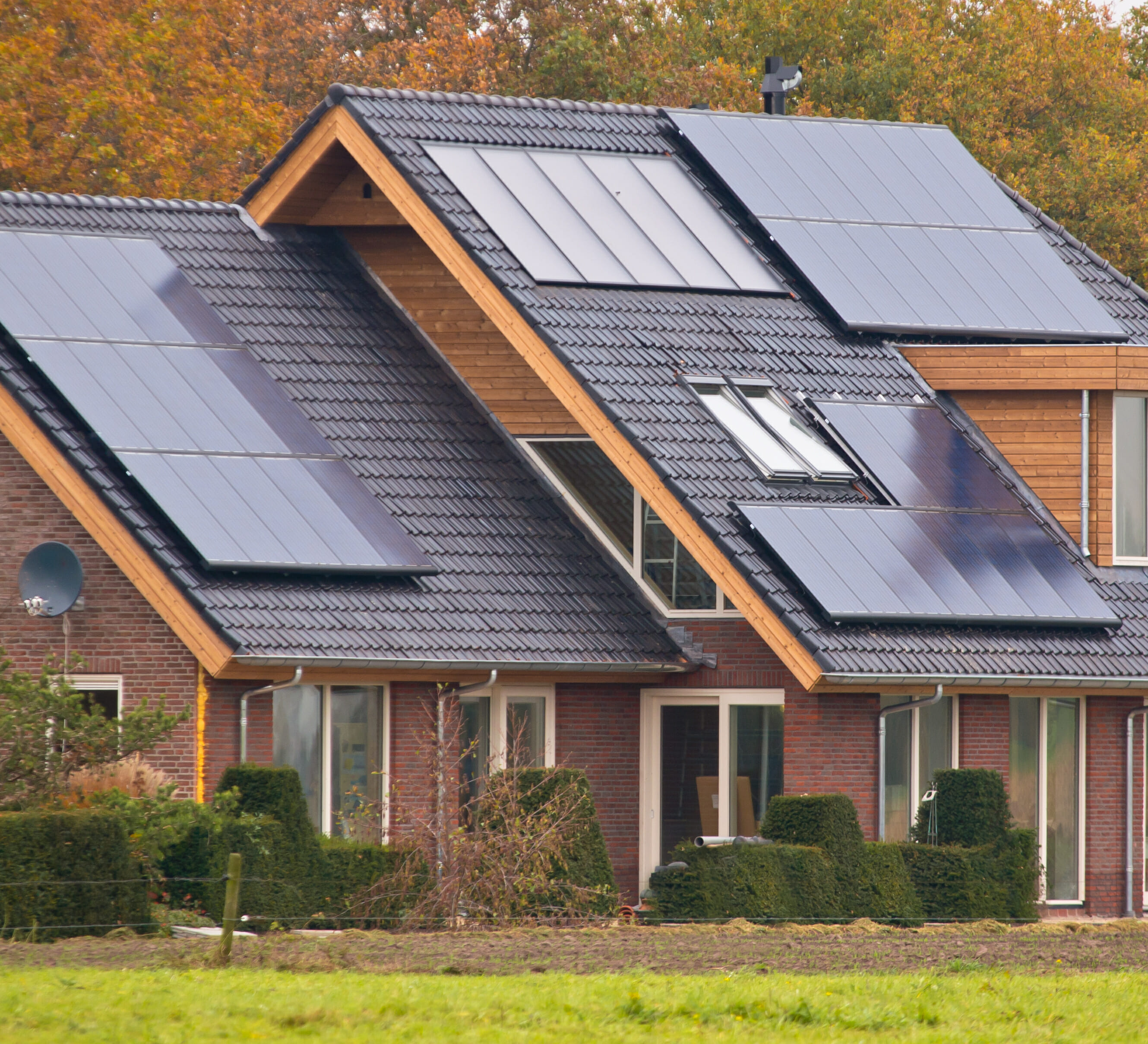Table Of Content

Throughout her career, she has taken on the trials and errors of many landscaping, gardening, and other DIY home improvement projects. Another alternative financing option is a home equity line of credit (HELOC). This allows you to tap into your home’s equity and use it as a lower-interest credit card so you can access cash for home projects.
The Average Local Cost For a Solar Panel System in Your Area
For context, the average house in the United States uses about 900-kilowatt hours (kWh) a month—roughly 11,000 kWh a year. The Office of Solar Energy Efficiency and Renewable Energy reported a 70 percent drop in the price of solar PV panels since 2014. The U.S. Energy Information Administration said that the amount of solar power being used continues to climb dramatically.
Is switching to solar power worth it?
Going solar is a fantastic method to cut down on your monthly power bills. According to a Forbes Home solar survey, 34% of people opt for solar primarily to save money on their monthly bills, which is a compelling reason for many homeowners to invest in solar energy. Regardless of the solar energy system’s size, it can notably reduce monthly energy costs. While there’s some debate about the environmental impact of solar panel manufacturing, the technology is continually improving.
Are solar Panels Worth It In 2024? Usually, But Not Always EnergySage - EnergySage Blog
Are solar Panels Worth It In 2024? Usually, But Not Always EnergySage.
Posted: Wed, 24 Apr 2024 12:00:00 GMT [source]
Solar Installation Recommendations
Below are some of the options available for using solar energy at home; check with local installers and your utility for programs available in your area. The more direct sunlight your home receives, the more power the panels can produce. To see if your house is a good candidate for solar, try out a solar panel suitability checker such as Google's Project Sunroof.
Exactly how much solar panels will save you will depend on several factors, including the hours of daily direct sunlight available, the angle of your roof and the size of your solar panel system. The most important factor in determining how much money solar panels will save you is your local electricity rates. The cost of solar panels is dependent on the solar panel company you choose. From the solar equipment system itself to installation costs and add-ons, the price will vary from company to company, and the first step is to consider your options for the best solar companies. You can pay for solar with cash, with a solar loan, with a solar lease, or with a power purchase agreement.
You can choose from fixed mounts or tracking mounts on the ground, on poles, or, most commonly, on the roof. Next, many states have additional incentives like tax credits, tax exemptions, and rebates for residential solar systems. For example, New York has all three with its NYSERDA rebate, 25% state tax credit, and sales and property tax exemptions for solar installations.
Factors that Affect Solar Panel Costs in Los Angeles
Using only your zip code and utility company, our solar calculator will provide you with an accurate solar savings analysis. Here are some of the most common soft costs that impact your the final price. Depending on where you live and how frequently you experience power outages, batteries can also be important additions to solar power systems. You don't need to live somewhere where the sun is always shining for solar to be worth it – but you do need a suitable roof.

Money-saving tips for solar panel installation
Depending on how much you normally pay for energy, solar may or may not be a logical choice. If your bills are normally low, investing in solar panels might not provide enough financial benefits to outweigh the cost. If you’re often charged high electricity bills, installing solar panels could make financial sense. While this isn’t always the case, solar panels do significantly reduce your monthly electricity bill and are worth the investment. The solar tax credit, sometimes called the investment tax credit (ITC), is a nationwide solar incentive that homeowners can take advantage of if they have taxable income and install solar panels. The credit is equal to 30% of solar installation costs and directly reduces federal income tax liability.
How Much Do Solar Panels Cost in California? (2024) - MarketWatch
How Much Do Solar Panels Cost in California? ( .
Posted: Thu, 22 Feb 2024 08:00:00 GMT [source]
Under a leasing arrangement, homeowners typically pay the developer a flat monthly fee for the equipment that is based on the estimated amount of electricity that the system will produce. This amount is often less expensive than their original electricity bill. Studies show that homes with solar panels sell for more than homes without them, and that increase in value can be significant. Most installers set the price according to the system's wattage, with a typical cost between $2.50 and $5 per watt. The cost per watt is what you pay for each unit of power of your solar energy system.
Here's what you need to know about adding more solar power to your life. It doesn't include the federal ITC or Los Angeles, CA state incentives, which will lower this price by at least a few thousand dollars. Additionally, we found the overall site to be more geared toward people who already understood what they were looking for in terms of products and systems. That aside, we were eventually able to locate the information we needed and felt well-informed before contacting the company. Clicking it took us directly to the company’s contact form to learn more or start the purchasing process.
First, the calculator doesn’t go into detail about how it came up with the cost of the solar system. That’s largely because every project is different and it would require additional assumptions. The video below walks through some tips to maximize the savings of a NEM 3.0 solar system. If you select cash purchase, the cost per kWh should be substantially lower. Our goal, as always, is to give you the tools and knowledge to make educated decisions during the solar process. If you're a renter or you're part of an HOA, you must check with the property owner or homeowners association before making concrete plans for your solar system.
Installing energy storage with a solar system can help utilize the power generated when it’s needed most, regardless of whether it’s sunny outside at the time. Storage allows you to save that energy and use it later in the day, like when you turn the heat on at night or run the dishwasher after dinner or even when the power goes out. Ask your solar installer if they offer battery storage options and learn more about storing solar energy. Since 2008, hundreds of thousands of solar panels have popped up across the country as an increasing number of Americans choose to power their daily lives with the sun’s energy. Thanks in part to Solar Energy Technologies Office (SETO) investments, the cost of going solar goes down every year.
You can read more about our editorial guidelines or see how Forbes’s rates solar panels in our detailed methodology. Your installer will also ensure that all equipment is installed correctly and oriented and tilted in such a way to maximize the daily and seasonal solar energy received and produced by your system. In addition to incentives, be sure to explore all of the available solar financing options. Every situation is different, and what is best for your property depends on a wide range of factors.
When you lease solar panels, you won’t be responsible for the cost of solar panel repair. The average California residential solar panel cost is $3 per watt including labor, but this can range from $2 to $4 per watt before any rebates or tax credits. Solar panels and their accessories unlock the boundless energy from sunshine and transform it into useful energy at home.

And like many upgrades, they require planning, permitting, and inspections – all of which take time, money, and expertise. If you purchase a solar system through a reputable installer you typically can’t buy one solar panel at a time – and it wouldn’t make economic sense anyway. Today, 400W is considered the best solar panel and industry standard for residential solar, and you would need W panels to make up a 6,389 Watt solar system. You can use your home size to get a ballpark idea of how much solar would cost, but to get an exact number, it’s best to get multiple binding quotes from local installers – which you can do right on solar.com. The typical solar panel lifespan is 25 to 30 years, though some types of panels can last up to 40 years or more, while thin-film panels may only last between 10 and 20 years.
The other thing to keep an eye on is a new software called SolarAPP+ that promises to streamline the permitting process of residential solar projects and thereby reduce timelines and soft costs. It’s also worth paying attention to the massive boom in US solar panel manufacturing spurred by incentives in the Inflation Reduction Act and how it affects solar panel prices. In the 2010s, the price of solar panels plummeted at a tremendous rate as technology improved and solar adoption hit critical mass. This trend was uprooted during the pandemic as shutdowns and materials shortages tied supply chains into knots and increased the price of, well, everything.

No comments:
Post a Comment